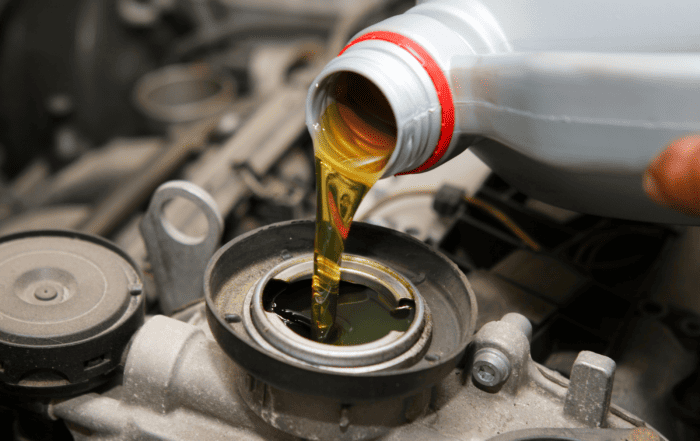Do I Need a TBN?
The nitty-gritty on this simple additive test

What is a TBN, and who uses it? In short, a TBN (Total Base Number) measures how much base (as in base vs. acid) additive is in the oil to offset the effects of acids coming into the oil from combustion and other sources. Scientifically speaking, the TBN is one of two “neutralization number” tests run on oils. The TAN (Total Acid Number), which is used for hydraulic and gear oil, is the other. The TBN test is useful for anyone who wants to extend their oil use beyond the normal range.
The oil’s function is to lubricate, clean, and cool the engine. Additives are added to the oil to enhance those functions. The TBN will start out reading in the 6.0 to 14.0 range (depending on the oil and whether it’s meant for gas or diesel engines). When you first start using the oil, the TBN tends to drop sharply. Then it levels out and drops more slowly after that. The lower the TBN reading, the less active additive the oil has left. A low TBN test result, meaning very little additive is left, is down around 1.0 or lower.
The TBN is not the only factor to consider when determining how long an oil can be used. If wear accumulations and insolubles in the oil build up and become abrasive, we would recommend changing out the oil, no matter how high the TBN reading.
We offer a TBN test on any gasoline or diesel oil sample for an additional $10. Note: You do not need to send in a virgin sample for us to run a TBN on your oil. Some people like to know where the TBN starts out in virgin oil, and of course we’re happy to test that for you if you’d like. The cost of a virgin oil sample plus TBN is the same as a regular oil sample plus TBN.
Related articles
The Price We Pay to Soar
How does the Air Race Classic affect wear?
Landslide!
What size metals can we see? Think of a landslide
ZDDWhat?
An experiment to see if a lack of ZDDP will destroy an older, flat-tappet engine
To All the Oils I’ve Loved Before
What's the best kind of oil?








